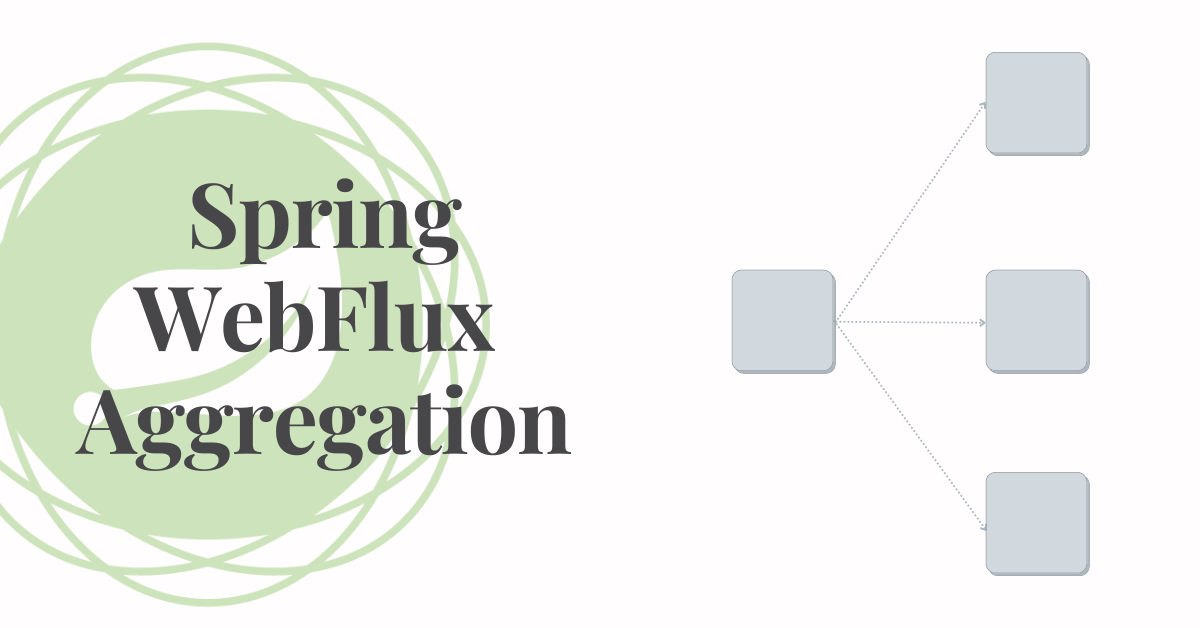Choreography Saga Pattern With Spring Boot
Overview: In this tutorial, I would like to show you a simple implementation of Choreography Saga Pattern with Spring Boot. Over the years, Microservices have become very popular. Microservices are distributed systems. They are smaller, modular, easy to deploy and scale etc. Developing a single Microservice application might be interesting! But handling a business transaction […]










